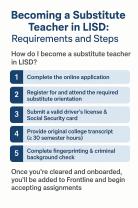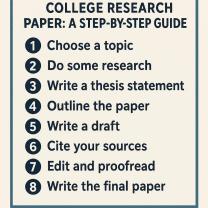What are good school districts?
Identifying good school districts can be a crucial consideration for parents and guardians who want to provide their children with a high-quality education. What makes a school district "good" can vary depending on your specific needs and priorities. Here are some tips and resources to help you identify good school districts:
Research Academic Performance:
- Look for school districts with a track record of academic excellence. You can find this information on the state's Department of Education website, which often provides data on standardized test scores, graduation rates, and other academic indicators.
- Websites like GreatSchools.org and Niche.com offer school ratings and reviews, including academic performance data and parent reviews.
Consider Your Child's Needs:
- Consider your child's unique educational needs and learning style. Some school districts may excel in certain areas, such as STEM (Science, Technology, Engineering, and Mathematics) programs or the arts.
- If your child has special educational needs, research whether the school district provides appropriate support services.
Teacher Qualifications and Ratios:
- Look into the qualifications of teachers in the district. Teacher-to-student ratios can also provide insights into the level of individual attention students receive.
Extracurricular Activities:
- Consider the availability of extracurricular activities such as sports, clubs, and arts programs. These activities can enhance your child's educational experience.
Safety and Discipline:
- Investigate the safety measures and discipline policies in place within the school district. This includes examining data on incidents and bullying prevention efforts.
Parent and Community Engagement:
- A strong connection between parents, schools, and the community can contribute to a positive educational environment. Look for schools with active parent-teacher organizations and community involvement.
Cost of Living and Property Values:
- Keep in mind that school district quality can sometimes be correlated with the cost of living in an area. Higher property values may indicate a desirable school district, but it may also mean higher housing costs.
Visit Schools and Attend Open Houses:
- Whenever possible, visit schools in the district and attend open houses. This allows you to get a firsthand look at the school's facilities, meet staff, and ask questions.
Consult with Local Residents:
- Speak with local residents, parents, and community members to get their perspective on the school district. They can provide valuable insights into the quality of education and the overall atmosphere.
Consider Long-Term Goals:
- Think about your long-term goals and how they align with the school district's offerings. For example, if you plan to stay in the area for several years, consider how the district prepares students for college or career opportunities.
Real Estate Websites:
- Real estate websites like Zillow or Realtor.com often provide information about school district boundaries and ratings. You can use these websites to search for homes in specific school districts.
State Department of Education:
- Visit the official website of your state's Department of Education for detailed information about school districts, including performance data and resources for parents.
Remember that what constitutes a "good" school district can be subjective and depends on your family's unique needs and values. Consider your priorities and gather as much information as possible to make an informed decision about the school district that best fits your child's educational needs.













